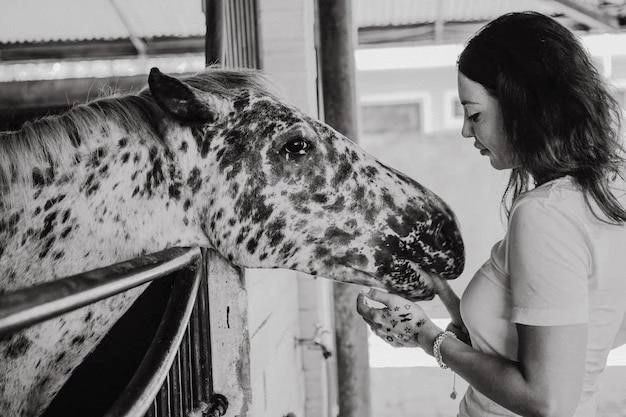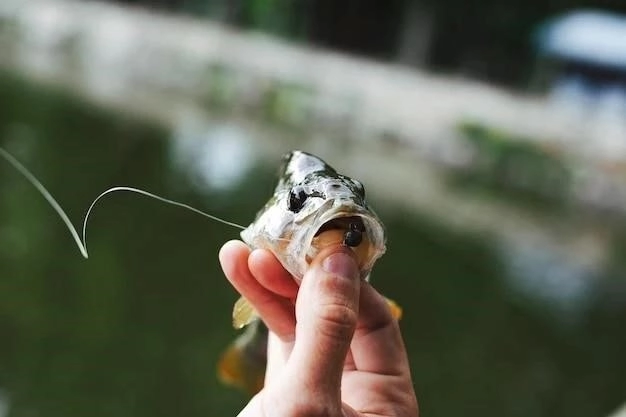As someone deeply fascinated by the natural world‚ Ive always been drawn to the intricate and often perplexing behaviors of animals. Its like peeking into a secret world‚ trying to decipher their language and motivations. Over the years‚ Ive had the incredible opportunity to observe a diverse range of animals‚ both in the wild and in captivity‚ and each encounter has been a lesson in itself.
Beyond Instinct⁚ The Complexity of Animal Minds
One of the most striking things Ive learned is that animal behavior goes far beyond simple instinct. While instincts certainly play a role‚ animals are capable of complex learning‚ problem-solving‚ and even emotional responses.
I remember watching a documentary about chimpanzees in their natural habitat. The researchers were studying their tool-using abilities‚ and one scene left a lasting impression on me. A young chimp was struggling to crack open a particularly tough nut. He tried everything – smashing it against rocks‚ using his teeth – but nothing worked. Then‚ he paused‚ looked around‚ and grabbed a large‚ flat stone. He placed the nut on the stone and used another rock as a hammer‚ striking the nut with surprising precision. The nut cracked open‚ and the chimp enjoyed his reward. This wasnt just instinct; it was a clear demonstration of problem-solving and tool use‚ showcasing the intelligence of these incredible creatures.
Communication is Key⁚ From Scent Trails to Bird Songs
Animals communicate in a myriad of ways‚ and Ive been amazed by the diversity of their communication methods. From the intricate dances of honeybees to the haunting songs of whales‚ each species has its own unique way of conveying information.
During a trip to Yellowstone National Park‚ I had the chance to observe a pack of wolves. While I didnt witness a hunt‚ I was captivated by their social interactions. Their howls‚ often echoing through the valleys‚ werent just random noises; they were a complex form of communication‚ conveying information about territory‚ pack location‚ and even individual identity. It was a stark reminder that we often underestimate the complexity of animal communication.

The Importance of Observation and Understanding
The study of animal behavior‚ known as ethology‚ is crucial for understanding not just the animals themselves‚ but also our place in the natural world. By observing and interpreting animal behavior‚ we gain insights into their ecological roles‚ social structures‚ and the challenges they face.
For example‚ understanding the migratory patterns of birds can help us protect their habitats and ensure their survival. Similarly‚ studying the social behavior of primates can shed light on the evolution of human behavior and social structures.
My Ongoing Journey
My exploration of animal behavior is an ongoing journey‚ and Im constantly learning new things. Whether its watching a spider spin its web‚ observing the intricate courtship rituals of birds‚ or simply marveling at the intelligence of my dog‚ the natural world never ceases to amaze me. The more I learn‚ the more I realize how much there is still to discover.
From Books to the Backyard⁚ Hands-On Learning
While documentaries and research papers are fascinating‚ I’ve found that nothing beats hands-on experience. I’ve been fortunate enough to volunteer at a local wildlife rehabilitation center‚ where I’ve worked with everything from injured owls to orphaned raccoons. It’s been an incredible privilege to witness their resilience and learn about their unique needs firsthand.
One particularly memorable experience involved a young red fox named Finley. He had been found alone and dehydrated‚ likely separated from his family. I was tasked with helping to socialize him and prepare him for eventual release back into the wild. Finley was initially wary of humans‚ but with patience and gentle encouragement‚ he began to trust me. I spent hours each day playing with him‚ hiding food for him to find‚ and even teaching him basic commands. It was incredibly rewarding to see him thrive and eventually regain his independence. That experience solidified my belief in the importance of ethical wildlife rehabilitation and the incredible bond that can exist between humans and wild animals.
The Power of Citizen Science
I’ve also become a passionate advocate for citizen science projects. Platforms like eBird and iNaturalist allow anyone with a smartphone to contribute valuable data to scientific research. I’ve made it a habit to document the birds I see on my daily walks‚ log the butterflies that visit my garden‚ and report any unusual animal behavior I encounter. It’s a simple way to contribute to our understanding of the natural world and feel more connected to the ecosystem I’m a part of.
Recently‚ while participating in a local bioblitz‚ I stumbled upon a colony of leafcutter ants I’d never noticed before. I spent hours observing their intricate trails and marveling at their organized teamwork as they transported leaves back to their nest. I even managed to capture some photos and videos‚ which I shared with the research team leading the bioblitz. It was exhilarating to know that my observations‚ however small‚ could contribute to ongoing scientific research.
A Lifelong Pursuit
The study of animal behavior is a lifelong pursuit‚ and I know I’ve only just scratched the surface. But every observation‚ every interaction‚ every new piece of knowledge deepens my appreciation for the complexity and wonder of the animal kingdom. It’s a journey I’m incredibly grateful for‚ and I can’t wait to see what fascinating discoveries await me down the road.

Bridging the Gap⁚ From Observation to Conservation
My growing knowledge of animal behavior has fueled a fire in me – a desire to protect the very creatures I find so fascinating. I’ve come to realize that understanding their behavior is essential for effective conservation efforts. We can’t hope to protect a species without understanding its needs‚ its vulnerabilities‚ and how it interacts with its environment.
This realization led me to volunteer with a local sea turtle conservation group. Each summer‚ I join their team on the beach at night‚ patrolling for nesting sea turtles. It’s tiring work‚ often hot and buggy‚ but the experience is always awe-inspiring. Witnessing a massive loggerhead turtle heave herself onto the beach‚ laboriously dig a nest‚ and lay her eggs is a sight I’ll never forget.
But it’s not just about witnessing the beauty; it’s about actively contributing to their protection. We carefully record data on each nesting turtle‚ tag them for future identification‚ and relocate any nests that are in danger of being washed away by high tides. It’s humbling to know that our efforts‚ however small‚ are making a difference in the survival of these ancient creatures.
A Call to Action⁚ Sharing My Passion
My journey into the world of animal behavior has been transformative. It’s not just about acquiring knowledge; it’s about cultivating a deeper connection to the natural world and a sense of responsibility for its preservation. I’ve learned that even the smallest actions – observing the birds in my backyard‚ supporting ethical wildlife tourism‚ reducing my environmental footprint – can have a positive impact.
I believe that sharing my passion for animal behavior is crucial for inspiring others to care. I’ve started giving presentations at local schools and community centers‚ sharing my experiences and encouraging others to observe and appreciate the animals around them. It’s incredibly rewarding to see their eyes light up with curiosity and wonder as I share stories about my encounters with wildlife.
My journey is far from over. There’s still so much to learn‚ so much to experience‚ and so much work to be done. But I’m excited to continue exploring the fascinating world of animal behavior and using my knowledge to make a difference in the lives of these incredible creatures. I believe that by fostering understanding and appreciation for the natural world‚ we can create a brighter future for both animals and humans alike.











I was particularly fascinated by the section on animal tool use. It\
This article has definitely sparked my curiosity to learn even more about animal intelligence and communication.
I appreciate how this article challenges the notion that animals are driven solely by instinct. They are clearly capable of much more than that.
This article is a great reminder that we still have so much to learn about the natural world.
I love how this article highlights the importance of communication in the animal kingdom. It\
This article has inspired me to pay closer attention to the animals in my own backyard. I\
I love how this article combines scientific information with personal anecdotes. It makes for a very engaging read.
As a nature enthusiast, I found this article incredibly insightful. I\
The section on animal communication was particularly interesting. I had no idea that honeybees use such complex dances to communicate with each other!
This article is well-written and engaging. It\
The author\
This article is a great starting point for anyone interested in learning more about animal behavior.
I appreciate how this article highlights the importance of conservation. The more we learn about animals, the more we realize how important it is to protect them.
This article has given me a newfound respect for the intelligence and complexity of the animal kingdom.
I found the comparison between animal communication and human language to be particularly thought-provoking.
The anecdote about the chimpanzee using tools to crack open the nut is a perfect example of how intelligent animals can be. It reminds me of a time I saw a crow using a twig to get insects out of a log.
I was surprised to learn about the variety of ways animals communicate. It\
This article is a must-read for anyone who wants to learn more about the fascinating world of animal behavior.
This article is a great reminder that animals are far more complex than we often give them credit for. They have emotions, they solve problems, and they communicate in intricate ways.
This article is a great example of how science can be both fascinating and accessible to a wide audience.